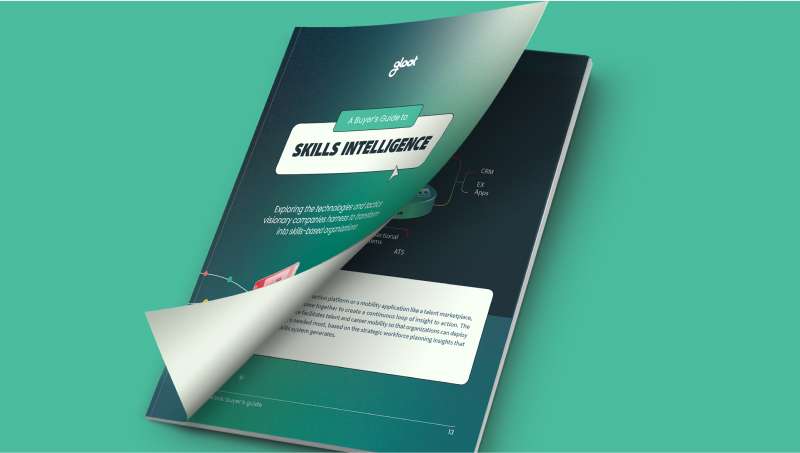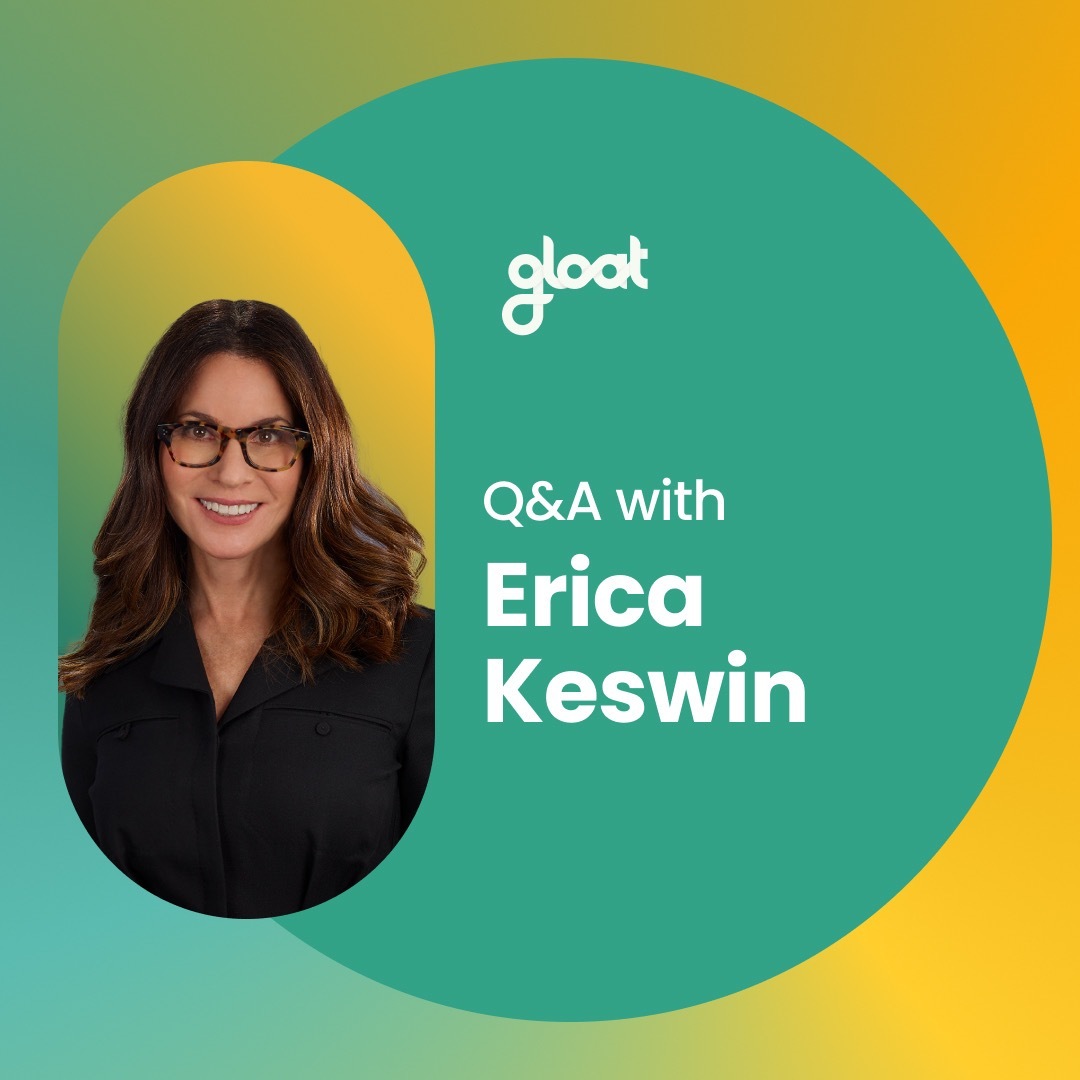Skills taxonomies versus skills intelligence tools
A single source of truth for better business decisions is necessary. Here’s why:

In our new world of work, businesses must be able to shift gears quickly if they want to achieve the level of agility that success requires. But what does it take to make these near-instantaneous pivots possible?
Many leaders recognize that when it comes to unlocking agility, skills are the ultimate fuel. They need a full picture of their workforce’s capabilities so that they can rapidly redeploy talent to meet new priorities as they arise.
Yet, most enterprises don’t have a single and comprehensive source of truth to shed light on their workforce’s skills. Instead, they use countless disparate systems for human capital management, talent acquisition, learning and development, and talent mobility.
While some organizations are turning to skills taxonomies to see all of the capabilities their people have, other companies are taking it one step further by using skills intelligence systems. Unlike taxonomies, skills intelligence systems provide in-depth insight into workforce skills and emerging skill needs in real time, meaning leaders are always getting the latest and most relevant information.
What is a skills taxonomy?
A skills taxonomy is a structured classification system that categorizes skills into hierarchical levels or domains based on proficiency, function, or application. Organizations use skills taxonomies to align workforce capabilities with job roles, learning programs, and strategic goals, enabling consistent talent development and assessment frameworks.
While skills taxonomies are powerful tools, they only reflect the skills your workforce has at a particular point in time. Rather than serving as a GPS, skills taxonomies are more like static maps. Leaders only get a point-in-time view of their workforce and miss out on knowledge their people accumulated in the weeks or months since the taxonomy was created.
The role of skills taxonomies in modern organizations
As businesses strive to become skills-based, many leaders are relying on skills taxonomies to gain an in-depth understanding of their peoples’ capabilities and future learning needs. However, since skills taxonomies aren’t updated in real-time, leaders who wish to use these tools must repeatedly update them and reassess the skills within their workforce as their people continue to grow and evolve.
What is the difference between a skills ontology and a skills taxonomy?
While the terms may sound similar, skills ontologies and skills taxonomies are two distinctly different tools. One of the key differentiators is that an ontology is a more formal and detailed way of representing skills. Taxonomies simply list and organize skills in a hierarchy while ontologies specify the relationship between skills and the properties that they possess.
Another difference is that a skills ontology is typically designed to be more comprehensive and inclusive than a taxonomy. While a taxonomy may only feature a limited set of capabilities that are relevant to a particular domain, an ontology is designed to cover the full breadth of skills related to this function.
Why is a skills taxonomy important for talent management?
Leaders can’t accurately assess their workforce’s abilities and expertise without a full breakdown of the skills they have, which is exactly what a skills taxonomy provides. Now that most organizations are bracing for dramatic shifts in jobs and skill needs due to the rapid proliferation of AI, a skills taxonomy can be a useful first step to help leaders understand where their workforce’s expertise currently lies. However, if executives are looking to launch major skills transformations and embrace skills-centric operating models, they will need a system of record for skills that is dynamic and updates in real-time.
What are skills intelligence systems?
Unlike skills taxonomies, skills intelligence systems provide leaders with a clear line of sight into their workforce’s capabilities that’s updated in real-time.
These are differentiated in that they’re designed to harmonize and normalize skills across various systems, serving as the interface and command center to manage skills and facilitate action based on skills insights.
They’re typically built on deep-learning AI and machine-learning capabilities, maintaining a sophisticated and ever-evolving data layer. This data is augmented with purpose-built infrastructure to view, manage, map, and inventory skills.
Skills intelligence systems can integrate with LinkedIn profiles, resumes, and any project-based work economies to augment and infer jobs and employee skills. These systems leverage algorithms designed to understand the context of roles and skills in your organization, in turn providing much more granular insights than a skills taxonomy.
Why does skills intelligence win out over skills taxonomies?
While any skill insights will enhance leaders’ understanding of their workforce’s capabilities, using skills intelligence offers several distinct advantages over a skills taxonomy. According to recent research from The Josh Bersin Company, embracing skills-centric models “…doesn’t just involve creating a skills taxonomy.”
In addition, it means using skills insights to drive strategic actions and answer questions like: where do we have skills shortages? How can we access the skills we need to start a new business venture? How can we leverage our current talent and their aspirations to reskill and upskill for the work we need and the careers they want?”.
The same report reveals that companies that look beyond using a skills taxonomy and instead embrace skills intelligence tools to gain strategic insights benefit from several key advantages.
Most notably, they are 4 times more impactful to business outcomes (hitting financial targets, delighting customers) and 2 times more impactful to people outcomes (maximizing productivity, improving engagement and retention). In short, companies that use skills intelligence systems are more likely to be financially high-performing, drive productivity, and adapt well to change.
Skills intelligence in action: inside Novartis’s skills-based approach to workforce planning
There are a handful of visionary companies that are already embracing skills intelligence to gain an in-depth understanding of workforce capabilities—and Novartis is one of them.
The leading pharmaceutical company decided to transition to skills-based models of operating and planning to equip their workforce with the skills needed to stay at the forefront of medical innovations.
The organization faced some key challenges: they had 33,000 job codes for 105,000 employees, a rapidly changing pharmaceutical market where legacy models were increasingly ineffective, and a need to understand fast-emerging trends like omnichannel customer engagement and digitization tools.
To gain a complete picture of their workforce capabilities and emerging learning and development priorities, Novartis harnessed Gloat’s Skills Foundation to harmonize data across disparate systems, in turn enabling the organization to create a unified job architecture.
In describing how Gloat’s Skills Foundation equips leaders with complete visibility into workforce capabilities and skill needs, Rene Gessenich, former Head of Strategic Workforce Planning says, “We can get the top skills against any job in our job architecture and have that updated. Then, we do workforce planning where we go into much more detail and see what the roles are, how they’re changing, and what roles we need.”
By taking a skills-based approach to strategic workforce planning, Novartis can ensure its people are building the capabilities needed to adapt to a market that is rapidly changing and leaders can gain in-depth insight into the skills employees possess and how these competencies relate to their colleagues’ expertise.
“We’re exploring…how we can use skills to gain a deeper understanding of our organization. Instead of functional clusters, there would be workforce and capability clusters, viewing people in terms of the skills they possess. We now have the data and capacity to utilize it in such a manner, and it’s a really powerful approach,” concludes Markus Graf, Global Head of Talent.
In a working world where reaction times are the determining factor that decides which businesses thrive and which barely survive, every organization is vying to outpace the competition. Rather than sticking with a skills taxonomy that will inevitably become out of date, leading companies like Novartis are turning to skills intelligence systems to stay one step ahead.





